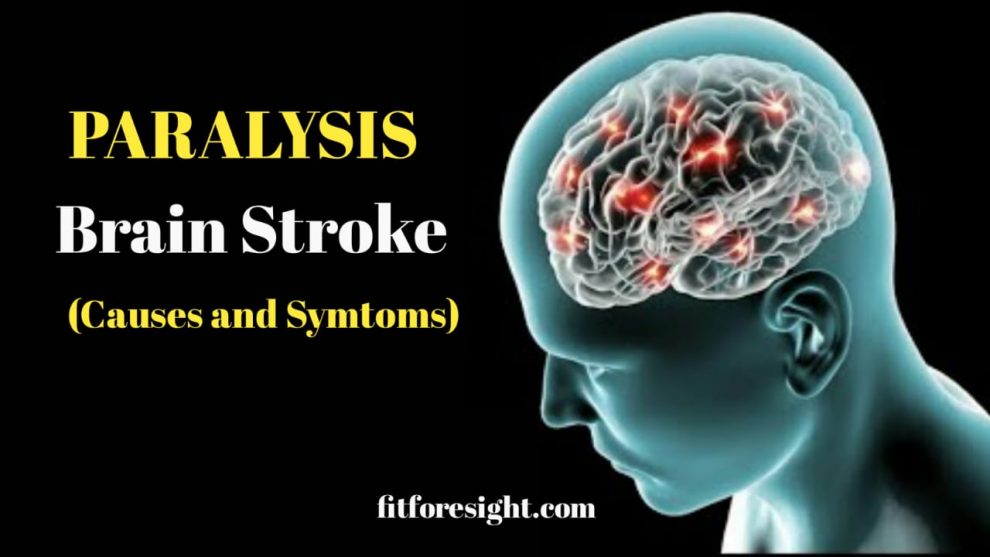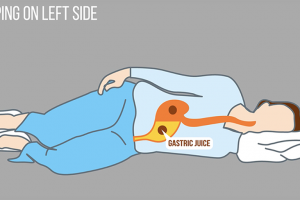Causes, Types, Symptoms, and Rehabilitation
Body paralysis is a life-altering condition that affects millions of people worldwide. It can result from various causes and manifest in different forms, significantly impacting one’s quality of life. In this article, we will explore the intricacies of body paralysis, including its causes, types, symptoms, treatment options, and the essential process of rehabilitation.
Understanding Body Paralysis:
Paralysis is the loss of muscle function in part or all of the body, typically due to damage to the nervous system. It can affect one or more limbs (monoplegia, hemiplegia, paraplegia, or quadriplegia) or even the entire body. Understanding the causes and types of paralysis is crucial for effective management and rehabilitation.
Common Causes of Body Paralysis:
- Spinal Cord Injuries: Traumatic injuries to the spinal cord often result in paraplegia or quadriplegia, depending on the location and severity of the damage.
- Stroke: Ischemic or hemorrhagic strokes can disrupt blood flow to the brain, leading to various types of paralysis, including hemiplegia.
- Neurological Disorders: Conditions such as multiple sclerosis (MS), amyotrophic lateral sclerosis (ALS), and Guillain-Barré syndrome can cause progressive paralysis.
- Traumatic Brain Injury (TBI): Severe head injuries may lead to paralysis or other neurological deficits.
- Peripheral Nerve Damage: Diseases like peripheral neuropathy can result in monoplegia or generalized muscle weakness.
Symptoms of Body Paralysis:
The symptoms of body paralysis can vary widely, depending on the type and location of the condition. Common symptoms include:
- Loss of muscle control
- Inability to move limbs
- Muscle weakness or atrophy
- Loss of sensation
- Chronic pain
- Spasticity (muscle stiffness)
- Impaired bowel and bladder function
Treatment and Rehabilitation:
While complete recovery from paralysis can be challenging, there are various treatment options and rehabilitation strategies to improve the quality of life for individuals living with paralysis:
- Physical Therapy: Targeted exercises and therapies can help improve muscle strength, mobility, and flexibility.
- Occupational Therapy: Focusing on daily tasks and activities, occupational therapy assists individuals in regaining independence.
- Assistive Devices: Mobility aids, such as wheelchairs and braces, can enhance mobility and accessibility.
- Medication: Some medications can help manage pain, spasticity, and other symptoms associated with paralysis.
- Surgery: Surgical interventions may be necessary in cases of spinal cord injuries or nerve compression.
- Psychological Support: Coping with the emotional and psychological aspects of paralysis is essential, and counseling or support groups can provide valuable assistance.
Prevention and Living with Paralysis:
While not all cases of paralysis can be prevented, taking measures to reduce the risk of accidents and injuries is essential. For individuals living with paralysis, adapting to a new way of life may involve learning new skills, finding support networks, and maintaining a positive outlook.
In conclusion, body paralysis is a complex condition with diverse causes and manifestations. Early intervention, effective treatment, and comprehensive rehabilitation can make a significant difference in the lives of individuals living with paralysis. By raising awareness, offering support, and continually advancing research, we can work towards improving the lives of those affected by this challenging condition.

























Add Comment